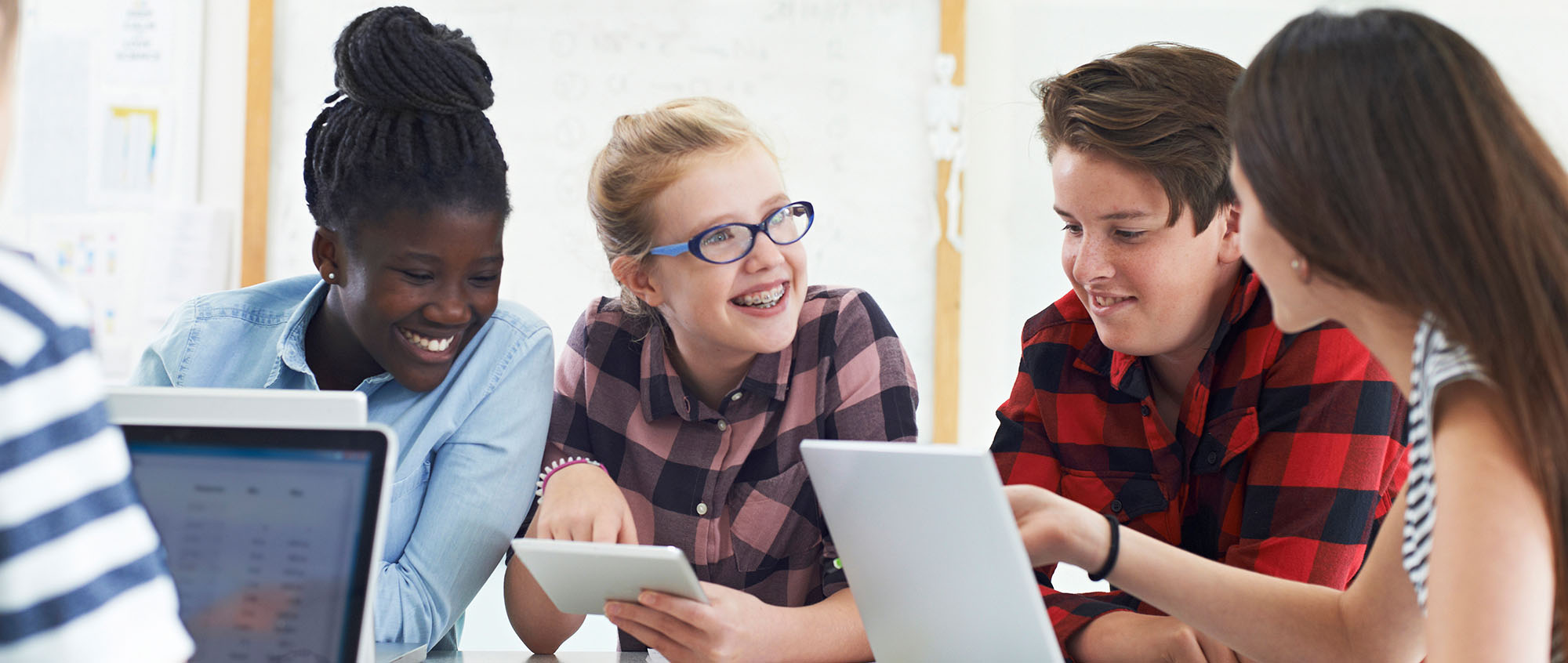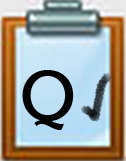Q3 Digital Self Portrait Introduction
Introduction
Selfies are a popular way to express yourself. Many people snap a selfie and send it out through social networking sites such as Facebook, Twitter, Instagram, and Snapchat, as well as via SMS in their texts. Selfies can capture your emotions of the moment, express support or disapproval, or be intended to give your friends a chuckle. What story do you want to tell when posting a selfie? In this Quest, you will use a selfie or photo of yourself to create a digital self-portrait that showcases your creativity and digital image skills.
I Can Statements
- explain why selfies should be examined before being posted online
- create a digital self-portrait
Internet Safety and Selfies
Keep in mind that selfies are just like any other internet content. Once posted, it can be forwarded and remains on the internet (practically) forever. When you post a selfie, you must think about safety and reputation before clicking the send button. For more information, review the Cyber Safety Quest 6.Q2 Danger!
Avoid posting selfies with location identification on social media. (To do this, you may need to disable GPS options on your apps.)
Consider whether you would want this image to come up in a search before posting it to social media sites or whether you would be comfortable with your friends forwarding it.
Competencies & Standards
MITECS Michigan Integrated Technology Competencies for Students, and
1. Empowered Learner
d. Understand the fundamental concepts of technology operations, demonstrate the ability to choose, use and troubleshoot current technologies, are able to transfer their knowledge to explore emerging technologies
2. Digital Citizen
a. Cultivate and manage their digital identity and reputation and are aware of the permanence of their actions in the digital world
b. Engage in positive, safe, legal and ethical behavior when using technology, including social interactions online or when using networked devices
c. Demonstrate an understanding of and respect for the rights and obligations of using and sharing intellectual property
6. Creative Communicator
a. Choose the appropriate platforms and tools for meeting the desired objectives of their creation or communication
b. Create original works or responsibly repurpose or remix digital resources into new creations
Websites and Documents
Websites
- Canva Online Photo Editor
- iPiccy
- Lifeofpix
- Photos for Class
- Pixlr
- Picography
- Pics4Learning
- Remove.bg
- The Selfie Project
21t4s Videos
21t4s Websites
21t4s Documents & Quizzes




